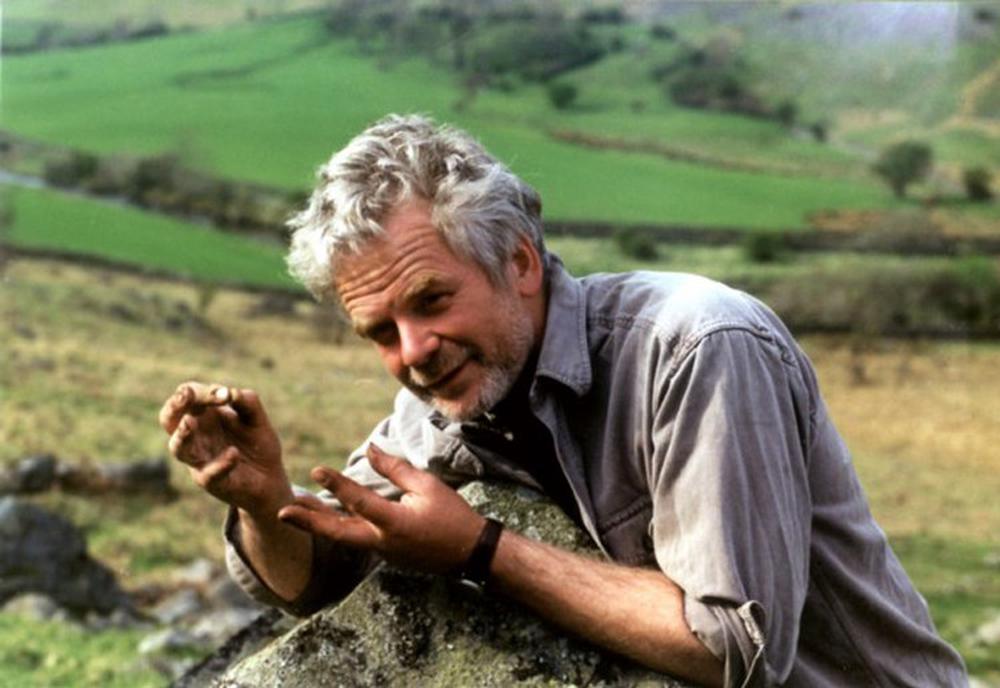Andy Goldsworthy. Permanence and Impermanence
While his stone walls may stay erected for centuries, many of Andy Goldsworthy’s other environmental sculptures survive for mere moments. “When I make a work I often take it to the very edge of its collapse, and that’s a very beautiful balance,” says the artist.1 The camera captures the work at its height, “marking the moment when the work is most alive.”2 Goldsworthy began using the camera as an outdoor research tool while studying at Preston Polytechnic (now the University of Central Lancashire), where he earned a BA in 1978. His first courses were near Morecambe Bay, a vast estuary where the artist spent most of his time outside: “I splashed in the water, covered myself in mud, went barefoot and woke with the dawn.”3 He documented with a camera, first using black-and-white film then moving to color, which introduced the importance of weather on his work for its effects on light and color. Photographs, the artist explains, “are not the purpose but the result of my work.”4
Andy Goldsworthy, in Thomas Riedelsheimer, Rivers and Tides: Andy Goldsworthy Working with Time (Burlington, VT: Docurama, 2001), video, 1:32 hours. ↩︎
Andy Goldsworthy, “The Photograph,” in Hand to Earth: Andy Goldsworthy Sculpture: 1976–1990, ed. Terry Friedman and Andy Goldsworthy (New York: H. N. Abrams, 1993), 9. ↩︎
Andy Goldsworthy, in Miranda Strickland-Constable, “Beginnings,” in Hand to Earth: Andy Goldsworthy Sculpture: 1976–1990, ed. Terry Friedman and Andy Goldsworthy (New York: H. N. Abrams, 1993), 12. ↩︎
Andy Goldsworthy, “The Photograph,” in Hand to Earth: Andy Goldsworthy Sculpture: 1976–1990, ed. Terry Friedman and Andy Goldsworthy (New York: H. N. Abrams, 1993), 9. ↩︎
